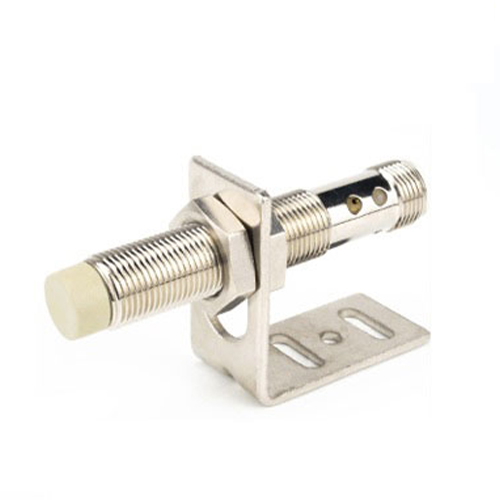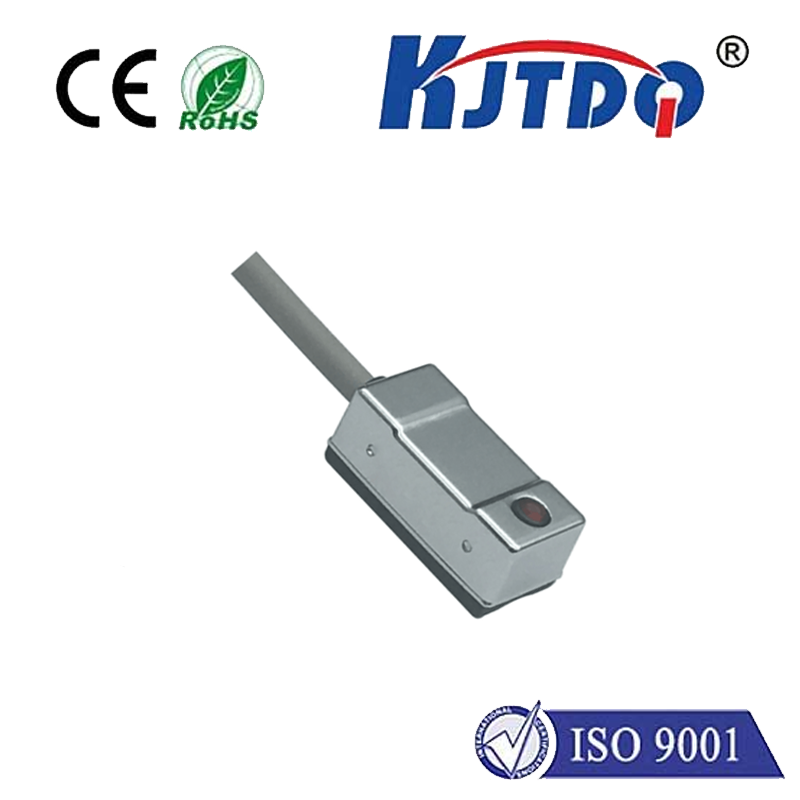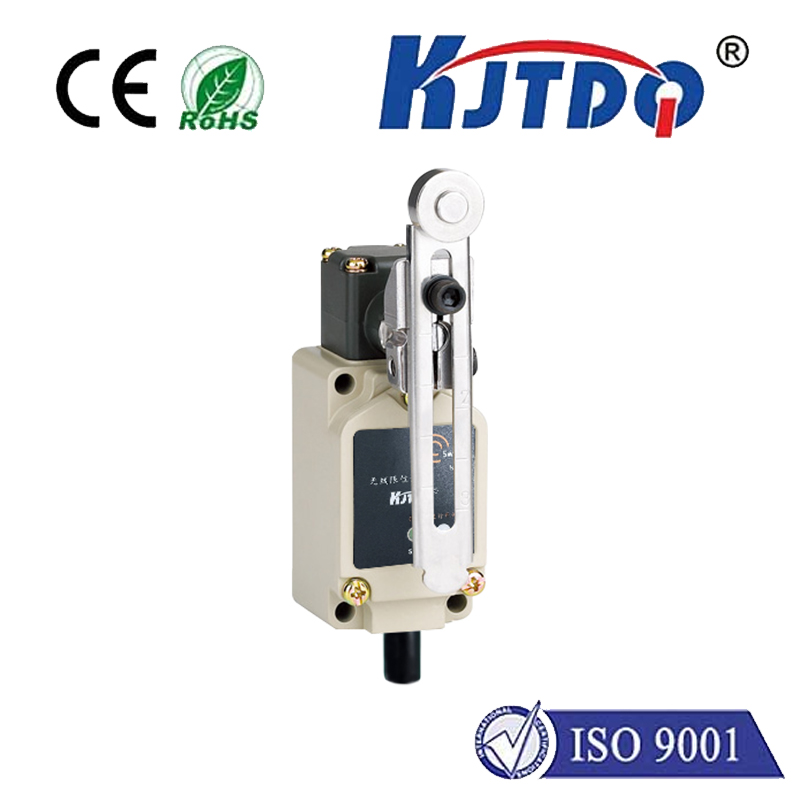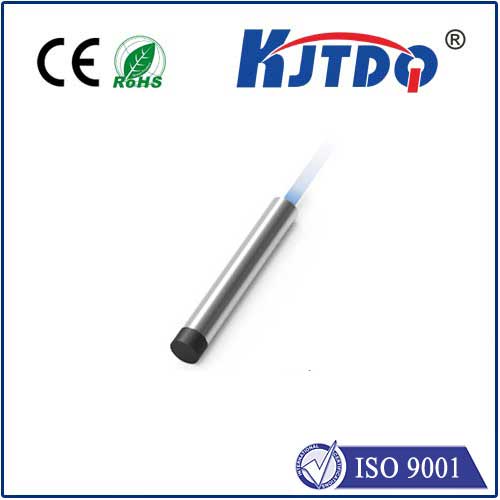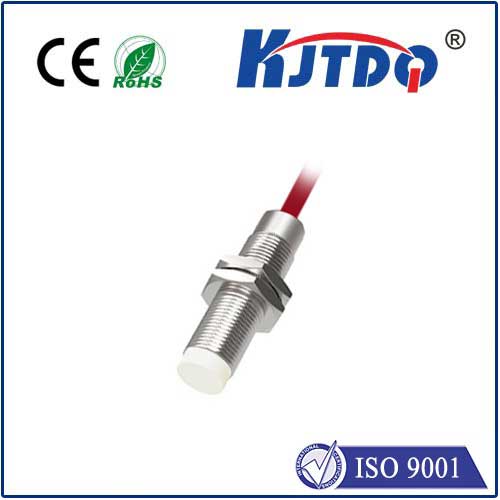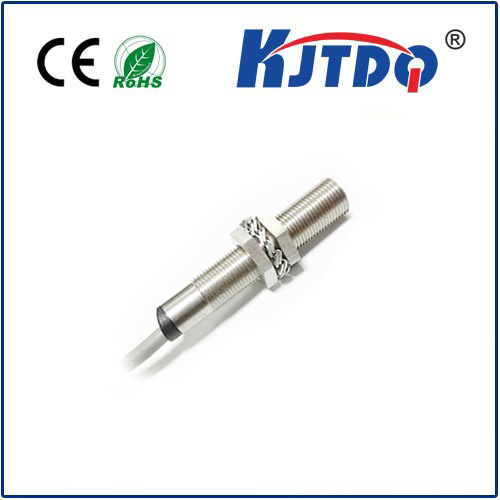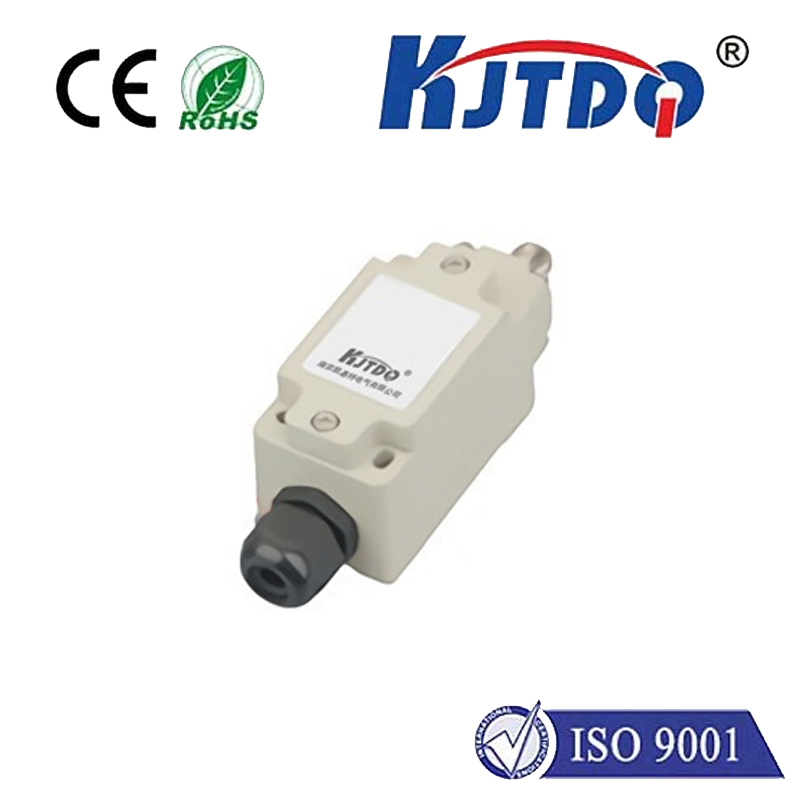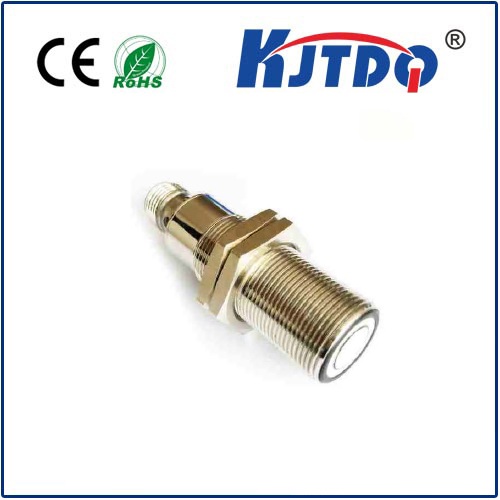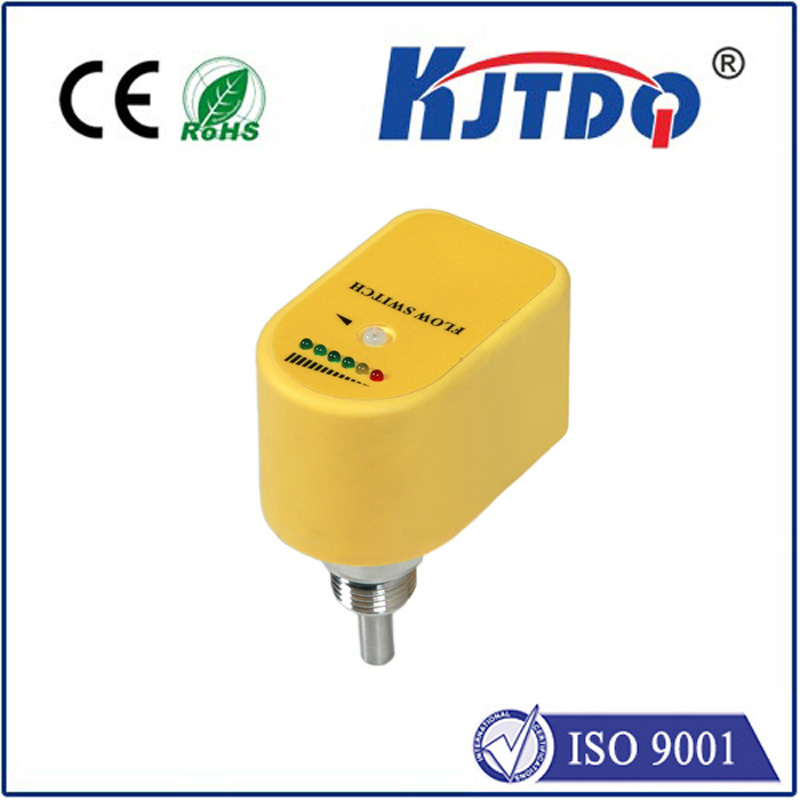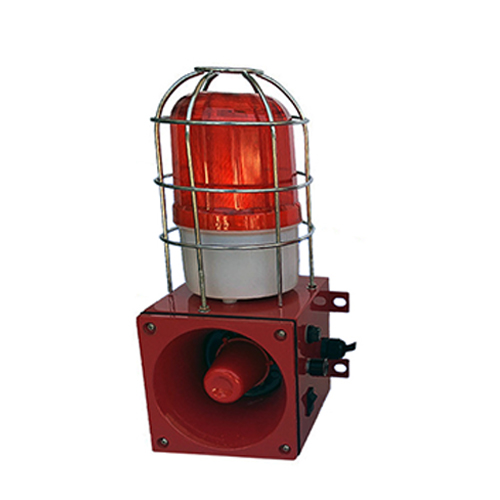

check

check

check

check
Imagine a world where machines perceive depth without eyes, navigate obstacles without touch, and react to their surroundings instantaneously. This isn’t science fiction; it’s the everyday reality enabled by the unassuming yet powerful infrared distance sensor (IR sensor). Found in everything from smartphones automating screen brightness to robots safely traversing factories, these ingenious devices translate invisible light into precise spatial measurements, fundamentally shaping how devices interact with the physical world. Understanding IR proximity and ranging technology reveals a fascinating interplay of physics, electronics, and practical ingenuity driving countless modern conveniences and advancements. So, how does light we can’t see become a tool for measuring distance?
At its core, an infrared distance sensor operates on a simple principle: emitting and detecting infrared light. Unlike visible light, infrared radiation lies just beyond the red end of the visible spectrum, invisible to humans but readily detectable by specialized semiconductors. A typical IR sensor module houses two critical components: an emitter (usually an IR LED) and a detector (like a photodiode or phototransistor). The emitter sends out a focused beam of infrared light. When this beam encounters an object, a portion of the light is reflected back towards the detector.
The magic of distance determination lies in how the sensor interprets this reflected light. There are two primary methods used by most infrared sensors:

Intensity Measurement (Proximity Sensing): This is the simpler, more common method, ideal for basic proximity detection and short-range applications (often < 30 cm). The sensor measures the intensity of the reflected IR light. Generally, the closer an object is, the stronger the reflected signal reaching the detector will be. The sensor’s internal circuitry (often involving operational amplifiers) converts this analog intensity reading into a usable distance estimate or a simple “object present/absent” signal. While cost-effective and straightforward, this method can be influenced by the object’s color, reflectivity, and ambient IR light, leading to less precise measurements. IR proximity sensors using this principle are ubiquitous in smartphones (screen on/off), touchless faucets, and obstacle avoidance in simple robots.
Time-of-Flight (ToF): For greater accuracy and longer ranges, infrared distance sensors may employ Time-of-Flight technology. Instead of measuring intensity, ToF sensors precisely measure the time delay between emitting a short pulse (or modulated wave) of IR light and receiving its reflection. Since the speed of light (~3x10^8 m/s) is a known constant, the distance to the object is calculated directly using the formula: Distance = (Speed of Light * Time of Flight) / 2. The division by two accounts for the round trip the light makes. ToF IR sensors offer significantly higher accuracy and are less affected by surface properties than intensity-based models, finding applications in more demanding scenarios like precise industrial automation, advanced robotics navigation, and even some consumer electronics depth sensing. Integrating ToF technology into compact modules has significantly boosted the capabilities of modern distance sensing.
The core components within these devices work in concert:
Why choose an infrared distance sensor? The widespread adoption stems from several compelling advantages:
However, understanding the limitations of infrared sensors is equally important:
Despite these constraints, the practical applications of infrared distance sensors are vast and continually expanding:
From the smartphone in your pocket to the factory robots assembling complex machinery, infrared distance sensors are indispensable tools. Their ability to provide fast, non-contact distance measurement and proximity sensing using invisible light offers a unique blend of simplicity, reliability, and cost-effectiveness. Whether employing straightforward intensity detection or sophisticated Time-of-Flight technology, these sensors continue to unlock new possibilities in automation, safety, and user interaction. As embedded electronics and signal processing evolve, the capabilities and applications of infrared ranging technology will undoubtedly continue to expand, further embedding this invisible perception into the fabric of our technological world.
